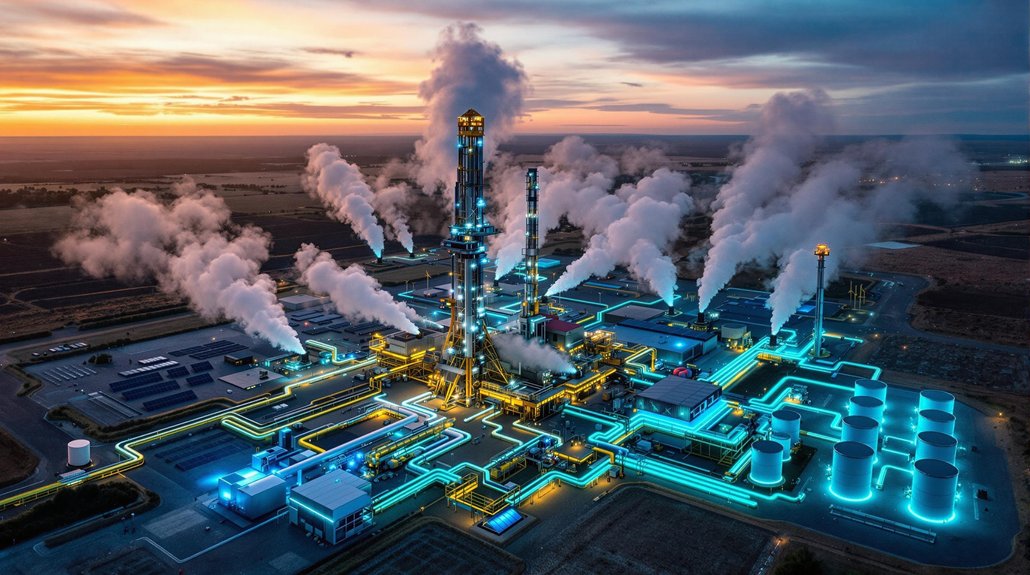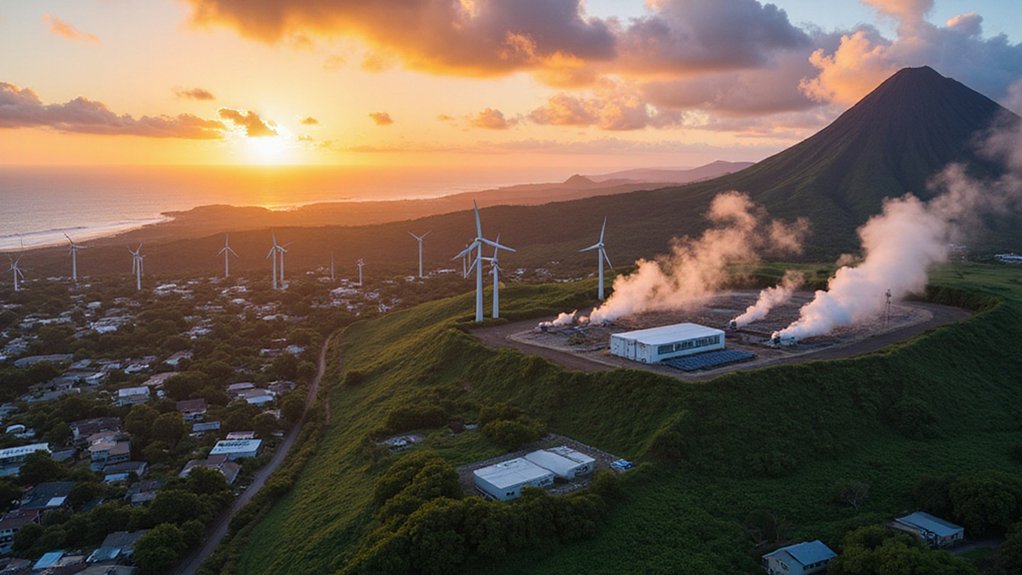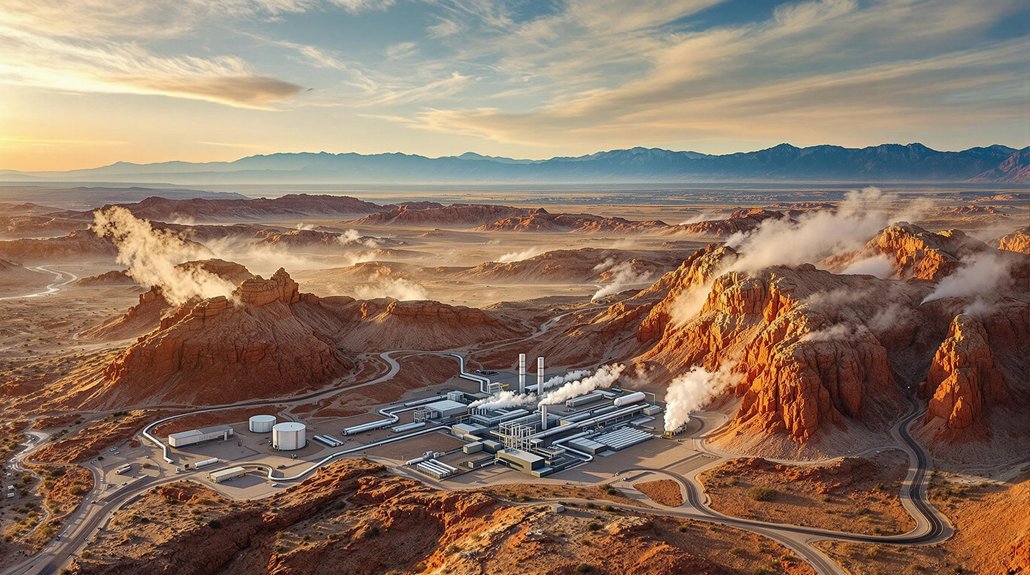Meta’s partnering with Sage Geosystems on a bold geothermal venture. They’re targeting 150 megawatts of carbon-free power using repurposed fracking tech—pretty slick for a company known for mining data, not earth. Unlike solar or wind, this energy source works 24/7. The Biden administration’s on board, and competitors like Google are scrambling to catch up. Zuckerberg’s not just harvesting your clicks anymore; he’s tapping into the planet’s core. The underground energy race is just heating up.
While most tech giants are still dabbling in solar and wind, Meta has decided to dig deeper—literally. The company just announced a groundbreaking partnership with Sage Geosystems to harness the Earth’s heat on an unprecedented scale. We’re talking up to 150 megawatts of constant, carbon-free power. Not your grandpa’s energy plan.
This isn’t just another corporate green initiative to slap on a sustainability report. Meta’s going where no tech company has gone before—east of the Rocky Mountains—with next-generation geothermal technology. By 2027, phase one will be pumping clean energy to power those servers that keep track of what your ex is doing these days.
Meta’s playing the long game—drilling for heat while competitors chase sunshine, all to keep your doomscrolling eco-friendly.
What makes this different? Sage’s proprietary Geopressured Geothermal System. Fancy name for a clever hack. They’ve basically taken fracking tech from the oil industry and repurposed it for good. The system works virtually anywhere, not just in volcanic hotspots where traditional geothermal is limited. Smart move, Zuck.
The Department of Energy is pretty jazzed too. They revealed the partnership at their geothermal workshop, showing the Biden-Harris administration isn’t just talking about clean energy—they’re helping make it happen. Public-private partnerships for the win.
Meta’s not alone in this underground race. Google‘s been cozying up with Fervo Energy on similar projects. Looks like the tech titans have found a new playground—about 10,000 feet beneath our shoes.
The implications go beyond Meta’s carbon footprint. We’re looking at new jobs, technology advancements, and potentially cheaper energy long-term. Plus, unlike solar panels that take naps at night or wind turbines that go still on calm days, geothermal keeps churning 24/7. With its impressive 96% capacity factor, geothermal energy offers the reliability that modern tech infrastructure demands. This initiative comes at a critical time as data centre power demand is surging due to the rapid growth of AI and cloud computing technologies. Sage has already demonstrated this technology’s viability with successful pilot results by the end of 2023.
For Meta, already boasting 12,000 megawatts in renewable contracts, this moves them closer to their zero-carbon goals. But for America, it could mean something bigger—a scalable, reliable clean energy source that doesn’t depend on the weather forecast. Who knew saving the planet might start with digging holes?








